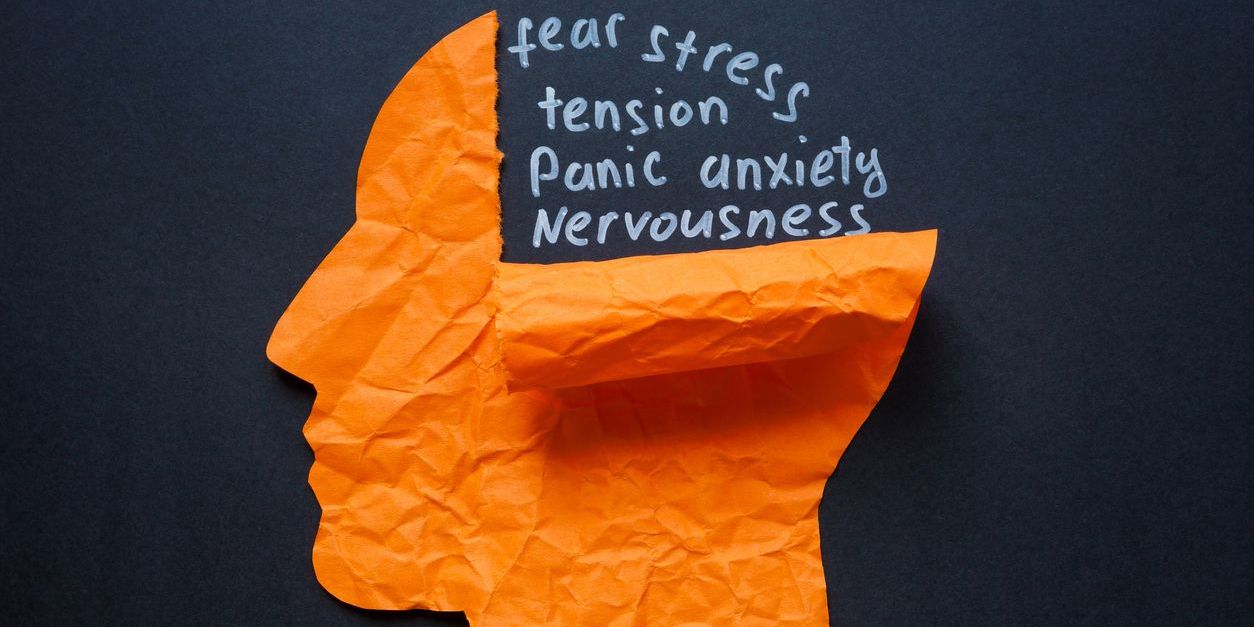Summary: Yes, witnessing trauma in-person can lead to structural and functional change in the human brain.
Key Points:
- In most cases, people who develop trauma-related mental health conditions experience trauma directly
- A new study examines whether witnessing trauma in-person, rather than directly experiencing trauma, can change the brain
- Research shows directly witnessing trauma, rather than seeing TV or news reports about traumatic events, can change structure and function in three brain areas
- Trauma from direct witness experience can lead to bystander PTSD
Witnessing Trauma, Experiencing Trauma
In the study “Indirectly Acquired Fear Memories Have Distinct, Sex-Specific Molecular Signatures From Directly Acquired Fear Memories,” a group of researchers at Virginia Tech University (VT) designed a study using a laboratory rodent model to assess brain changes associated with being present and observing – but not directly experiencing – a traumatic event.
Previous research in neurobiology establishes that examining brain function in rodents can help us understand brain function in humans. Because of our relationship in mammalian evolution, the underlying neurochemistry and core functions of rodent brains share significant homology. Therefore, we derive much of the knowledge we have in modern neurobiology from animal studies. The rodent model is an important component in brain research, acting as a bridge in understanding similarities and differences between organisms with simple nervous systems, such as crayfish or insects, and organisms with complex nervous systems, such as mammals, including rodents and humans.
From studies in rodents and humans, we know there are three critical areas involved in the formation of memories in our brain:
- Basolateral amygdala (BA)
- Anterior cingulate cortex (ACC)
- Retrosplenial cortex (RC)
In the study we review in this article, the research team designed an experiment wherein:
- One test subject experiences a traumatic event
- Another test subject observes the event
- Researchers analyze the brains of both test subjects to identify specific proteins associated with memory formation
- Researchers compare analytic results with results from control subjects with neither direct nor indirect exposure to trauma
Let’s take a look at what they found.
Bystanders and Traumatic Events: Are They Affected?
Studies show that around 30% of people who see a traumatic event in-person, such as death or violence, may develop PTSD. This is known as bystander PTSD.
As we mention above, researchers focused on protein changes caused by a fear stimulus in three key brain regions involved in fear memory: the amygdala (BAC), the anterior cingulate cortex (ACC), and the retrosplenial cortex (RC).
Here’s what they observed.
- BAC:
- Changes in the protein makeup of the brains of the trauma victims
- Changes in the protein makeup of the brains of the bystanders/observers
- No changes in the protein makeup of the brains of the control group
- ACC:
- Changes in the protein makeup of the brains of the trauma victims
- Changes in the protein makeup of the brains of the bystanders/observers
- No changes in the protein makeup of the brains of the control group
- RC:
- Changes in the protein makeup of the brains of the trauma victims
- Changes in the protein makeup of the brains of the bystanders/observers
- No changes in the protein makeup of the brains of the control group
The researchers expected to see changes in the protein makeup of the brains in the trauma victims and the observers, but they also observed the following unexpected outcomes:
- The protein changes in the trauma victims showed a distinct pattern
- The protein changes in the observers showed separate and distinct pattern from the trauma victims
- In observers, protein changes showed distinct gender differences in all three brain areas
We’ll discuss these outcomes below.
Witnessing Trauma: PTSD from Indirect Exposure
The study focused on how we form memories associated with fear or negative events, whether we experience those events directly, ourselves, or indirectly, through in-person observation. We’ll note that this study is about witnessing trauma in real time in the real world, as opposed to witnessing trauma on television or reading about it in the news. When we see things in person, our brain forms memories differently than when we read about them or experience them through a distancing media such as television.
This study shows that the fear memories in observers of traumatic events differ from those in people who directly experience those exact same events, and further, the differences among the observers show distinct and diverging patterns in males and females.
Here’s how Dr. Timothy Jarome of Virigina Tech, lead author on the study, describes the results:
“Currently, patients with directly acquired PTSD and bystander PTSD are treated the same way – with a combination of therapy and medication. Our research suggests that indirect trauma and direct trauma create different biological responses, which could mean they require different treatment strategies that target distinct brain pathways.”
These findings are new in PTSD research. They offer potential new treatment avenues that may not only yield targeted, individualized therapies for direct PTSD and bystander PTSD, but also yield targeted, gender-specific therapies for bystander PTSD.


 Gianna Melendez
Gianna Melendez Jodie Dahl, CpHT
Jodie Dahl, CpHT